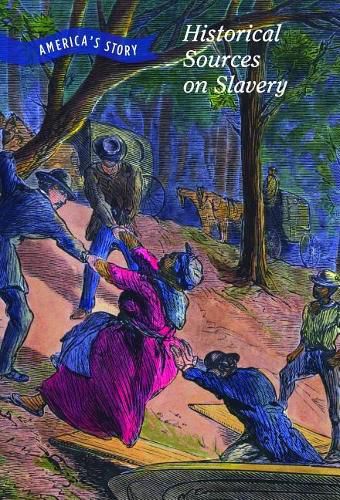Readings Newsletter
Become a Readings Member to make your shopping experience even easier.
Sign in or sign up for free!
You’re not far away from qualifying for FREE standard shipping within Australia
You’ve qualified for FREE standard shipping within Australia
The cart is loading…






In 1619, Dutch traders sold twenty Africans to English settlers for the purposes of slave labor. By the late seventeenth century, enslaved Africans would become the primary source of labor in America, especially in the South. While the North relied more on technology after the Industrial Revolution, the Southern economy was based on agriculture. Despite the aversion of many Northerners to slavery after the American Revolution, the demand for cotton and tobacco in the North kept slavery, on which the antebellum Southern economy was based, alive. Students will read accounts about the lives of those enslaved laborers. Through primary sources, they’ll also learn about the laws designed to protect the institution of slavery and how the institution was dismantled.
$9.00 standard shipping within Australia
FREE standard shipping within Australia for orders over $100.00
Express & International shipping calculated at checkout
In 1619, Dutch traders sold twenty Africans to English settlers for the purposes of slave labor. By the late seventeenth century, enslaved Africans would become the primary source of labor in America, especially in the South. While the North relied more on technology after the Industrial Revolution, the Southern economy was based on agriculture. Despite the aversion of many Northerners to slavery after the American Revolution, the demand for cotton and tobacco in the North kept slavery, on which the antebellum Southern economy was based, alive. Students will read accounts about the lives of those enslaved laborers. Through primary sources, they’ll also learn about the laws designed to protect the institution of slavery and how the institution was dismantled.